calsfoundation@cals.org
Scott Plantation Settlement
The Scott Plantation Settlement, with its twenty-five exhibits, represents plantation history for the first 100 years of Arkansas statehood. It rests on more than eight acres of the Illallee Plantation donated by Virginia Alexander, daughter of Arthur Alexander and Otelia George Alexander, who purchased the land in 1898. The historical sequence of plantation culture can be seen in the preserved buildings and other exhibits dating from the antebellum period through the early twentieth century.
The Scott Plantation Settlement is located in Scott, on the Pulaski–Lonoke county line, approximately twelve miles east of Little Rock (Pulaski County). Its original owner, Chester Ashley, was a prominent attorney, land speculator, and U.S. senator. Joan Dietz, daughter of Virginia Alexander, is credited with the early planning of the settlement. Joan, her sister Virginia Downs, and cousin Martin Hawkins inherited a dogtrot log house upon the death of their uncle, George Alexander. The house was built in 1840 during the Ashley ownership. The three offered to donate the house to the Plantation Agriculture Museum in Scott in 1994. The Ozark Folk Center also expressed an interest in the house, but Dietz and her mother—who was born at the plantation in 1907 and had worked in the log house which served as the plantation office—decided to keep the house in the Scott area. When the Plantation Agriculture Museum declined the offer, Alexander donated more than eight acres to provide space for the relocation of “working buildings,” and her daughter received enthusiastic support from other plantation owners who donated buildings for placement at the settlement.
A planning group comprising local citizens in Scott formed the organizational structure of Scott Connections, Inc., in 1995. Title to the buildings and property was transferred to Scott Connections, Inc. The Reverend Don Campbell served as the first president. Jean Sizemore of the University of Arkansas at Little Rock (UALR), an authority on vernacular structures, was contacted for advice and guidance on the project. She conducted a comprehensive survey of the area plantations and identified each building’s ownership, history, physical condition, and function within the plantation infrastructure. Twelve buildings were selected to be moved to the settlement site. Other preservation professionals who gave advice on the development phase include Bill Worthen, director of the Historic Arkansas Museum; architects Ed Cromwell and Kip Moore; landscape architect Tom Russell; Ben Swadley and Randy Noah of the Scott Plantation Agriculture Museum; and restoration specialists Becky Witsell, Carey Walker, and Parker Westbrook.
The Roy and Christine Sturgis Charitable Trust underwrote the relocation costs for the first twelve buildings in 1999. The first buildings consisted of three tenant houses representing different architectural styles, a blacksmith shop, a cotton pen, a corn crib, the Ashley-Alexander dogtrot house, a medical clinic, an outhouse, a smoke house, the original W. P. Dortch, Sr., “big house,” and a wash house. Since the initial placement of these buildings, the settlement has relocated thirteen additional structures, including a Cotton Belt railroad depot, the movement and restoration of which was made possible by a $50,000 grant from the Stella Boyle Smith Trust; that station is now the Stella Boyle Smith Orientation Center and houses Whistle Stop, the settlement’s gift shop. Other structures include a one-room plantation school, a cook’s house, a working sorghum mill, an icehouse, a children’s house, a tenant house, a plantation office, a plantation bell and tower, and a split-rail fence.
Programs for schools and the public are presented through self-guided tours and special tours for groups by appointment. The annual High Cotton on the Bayou event presents an interactive program allowing for participation in activities such as making butter and observing the milling process of sorghum molasses. The settlement is bordered by Ashley’s Bayou, where the Union troops mustered before advancing on Little Rock in 1863. A historical marker on the southeast corner of the settlement commemorates this event.
The Scott Plantation Settlement maintains a comprehensive archival collection of Scott history that includes family genealogies, oral histories, photos, and books. Researchers, students, and the general public can access the archives by contacting Scott Connections, Inc.
For additional information:
Easley, Suzanne. “Preserving Vernacular Architecture and Rural Community History at the Scott Plantation Settlement.” Research Paper, February 2003. Scott Connections Archives, Scott, Arkansas.
Schnedler, Marcia. “Plantation Life in Scott Won’t Soon Be Forgotten.” Arkansas Democrat-Gazette. May 9, 1999, p. 2H.
Scott Connections, Inc. https://scottsettlement.com/ (accessed September 19, 2022).
Robert J. Smith
Houston, Arkansas
 Museums
Museums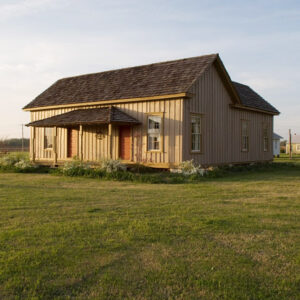 Big House
Big House  Blacksmith Shop
Blacksmith Shop 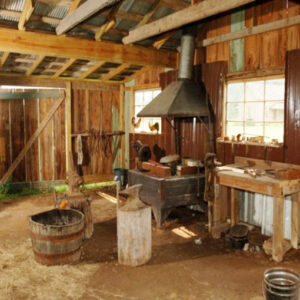 Blacksmith Shop Interior
Blacksmith Shop Interior  Clinic Interior
Clinic Interior 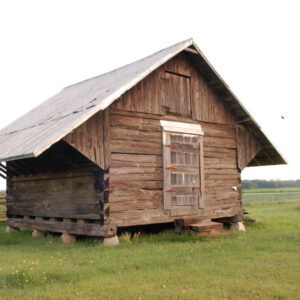 Corn Crib
Corn Crib  Cotton Pen
Cotton Pen  Ice House
Ice House 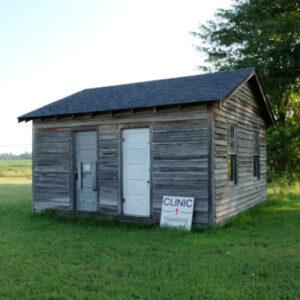 Medical Clinic
Medical Clinic 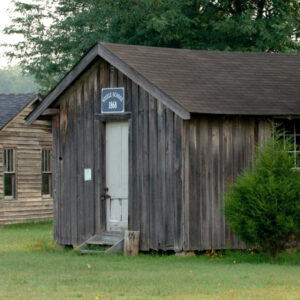 School House
School House 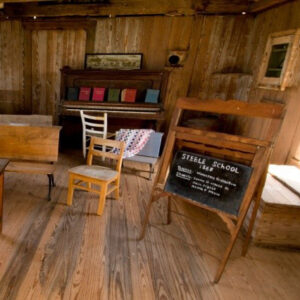 School House Interior
School House Interior 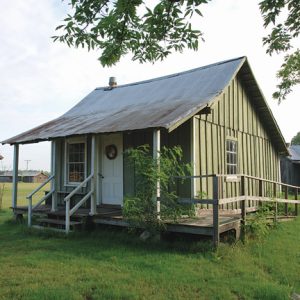 Scott Plantation Settlement Building
Scott Plantation Settlement Building 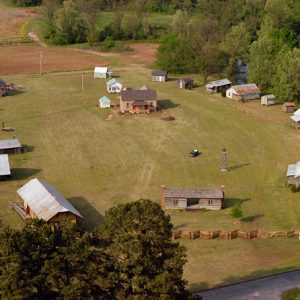 Scott Plantation Settlement Aerial View
Scott Plantation Settlement Aerial View 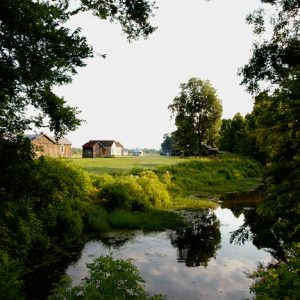 Scott Plantation Settlement
Scott Plantation Settlement 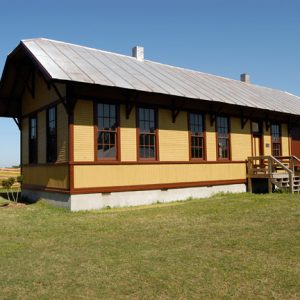 Scott Train Station
Scott Train Station  Shotgun Tenant House
Shotgun Tenant House 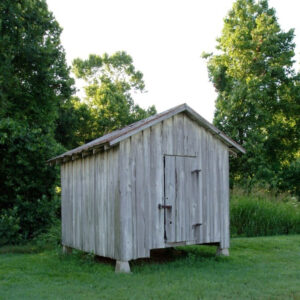 Smoke House
Smoke House 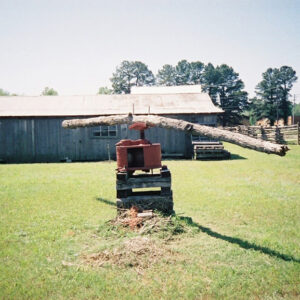 Sorghum Mill
Sorghum Mill 




Comments
No comments on this entry yet.